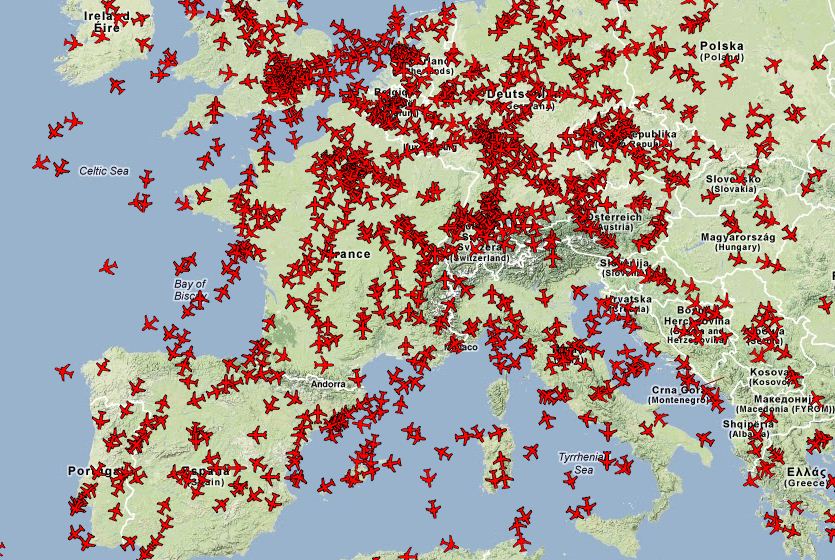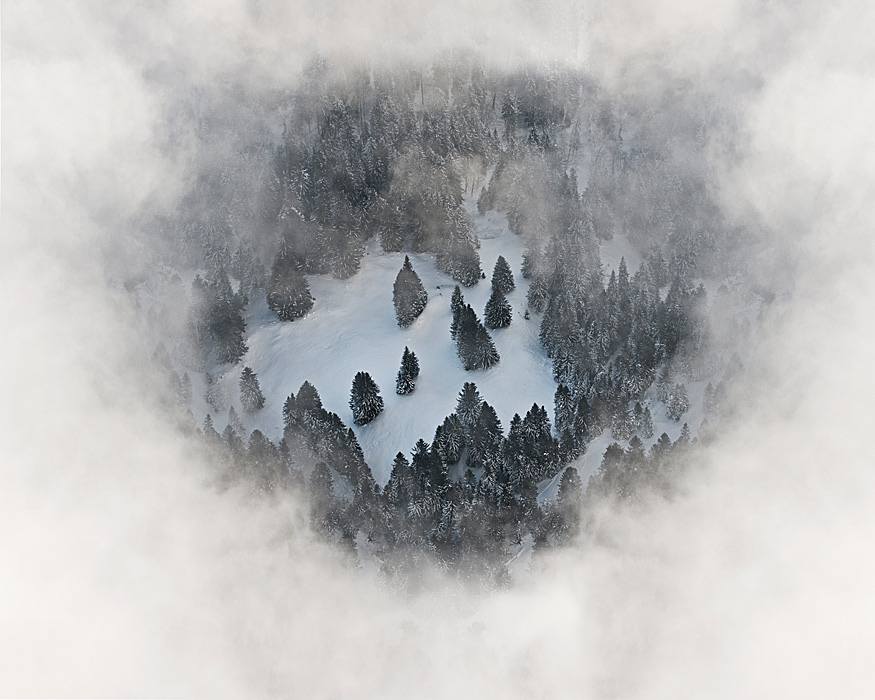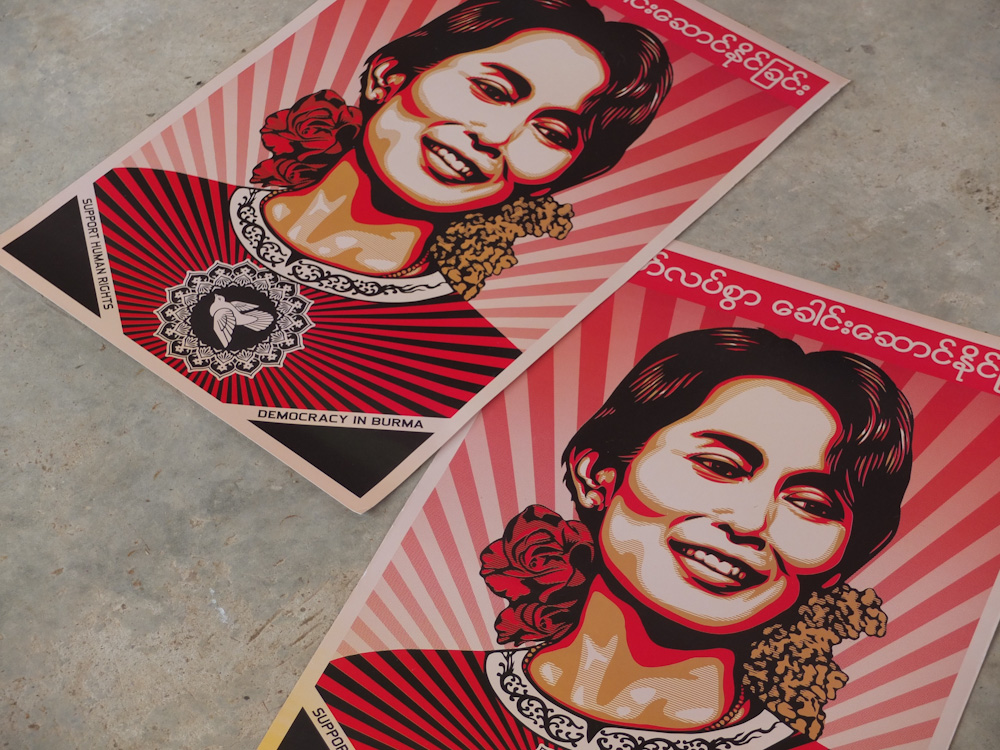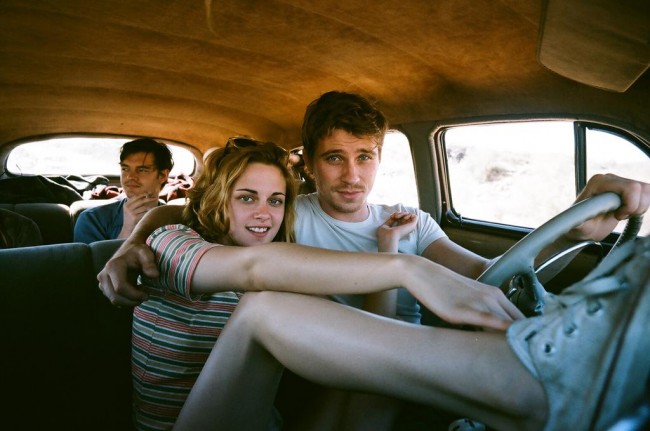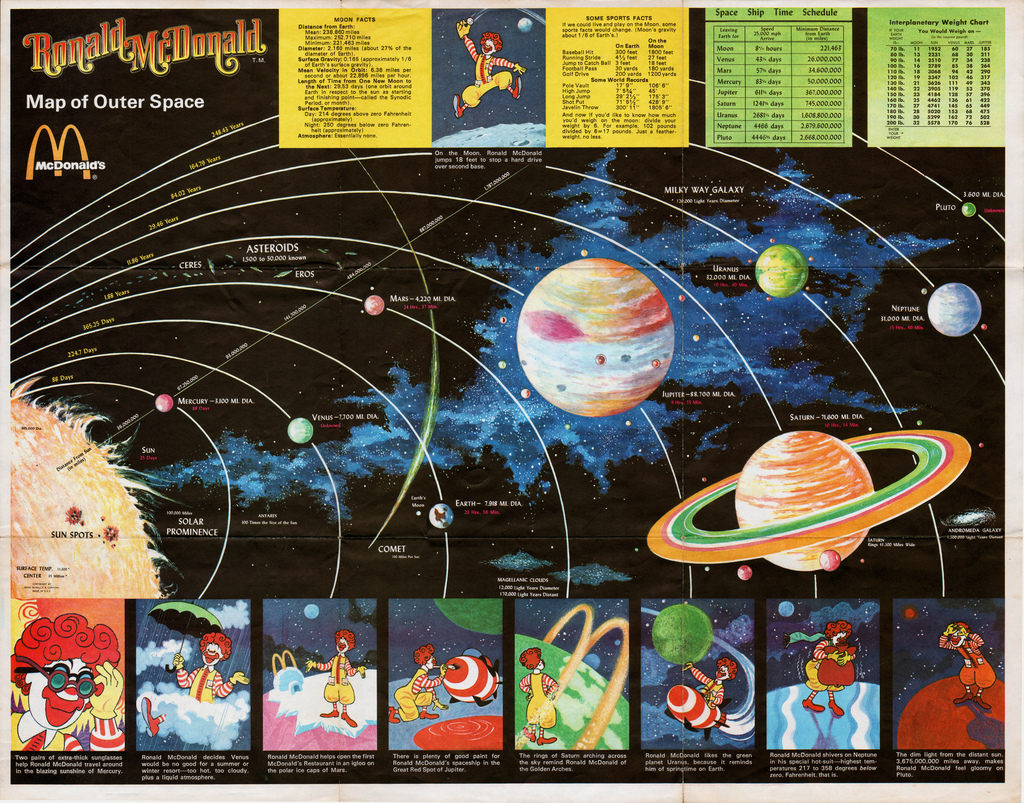Walk the Earth with Alexande D’Audiffret

We like to walk and take our time to discover the World. This is one of the most important underlying points of the paragraphs 10 and 11 of our manifesto. Whether it's in the middle of the nature or in a big overcrowded city, you will always be better walking, wandering, stopping when you want and always able to interact with your surroundings. Of course, there's also special appeal to hiking where, alone in a natural environments, you will be able to face yourself and your thoughts without the interference of the civilization.
After meeting Alexandre to work on a photo exhibition, he quickly came up with a concept that could only seduce us: a series of pictures in the nature made during his hikes. Shot all around the world, those powerful and gorgeous pictures could only be made by someone having walk several hours before.
The exhibition will take place in Paris first where high-quality prints of the photographs will be displayed in the bar Les Couleurs in the 11th district for 2 months. On the 13th of January, we'll have an opening party where you will have a chance to meet Alexandre and the Hejorama team, so if you are in Paris, feel free to drop by ! But first, learn more about the photographer with this interview and a series of pictures taken in Chile:
1. Did you travel much before you started taking pictures in other countries?
Before I started travelling with the sole purpose of taking pictures, I went on a few trips with my family. Despite my contemplative personality, I only had a vague interest in photography. In the beginning, at around 12-13 years of age, I liked to take photos of the important people in my life. Later, photography became a way to meet people and express my feelings and emotions.
In 2006, I had the chance to take a long vacation in Australia, during which I developed a passion for photography. I started out taking pictures not only to keep track of the events of the trip but also to remember what I’d experienced. Unfortunately, I lost all of the photos when my backpack was stolen.
In a sense, photography transcends reality. During my trips, often alone, the style of my photos changes according to my emotions.
2. What attracts you to travel? Do your trips inspire you in your work?
Above all, travel for me is about the internal. When I travel, it’s often because I’m not in a good place and need to get away. This pushes me to buy a plane ticket and force myself to go. In France, we call this “la fuite en avant” (escaping forwards).
I’ve met many travellers young and old going through the same experience. Travel develops our personalities and the way we look at life. Even though I have rarely found the answers to all of my existential questions by visiting, moving, taking pictures, taking the bus, the train, speaking to other travellers, I have spent time alone faced with myself. Some of the moments of extreme solitude and despair that I’ve experienced were very difficult to deal with, but were in fact enlightening for me.
The essence of travel for me is the journey that we undertake, regardless of our final destination. It is a journey of accepting the unexpected and transforming as a person. We put aside our prejudices and learn lessons about the world, whether pleasant or violent.
My work as a photographer is inspired by my travels and state of mind. Therefore, my technique changes according to what I’m experiencing. The concept of travel doesn’t really appeal to me. However, whenever I feel stuck in my life, the travel bug starts to eat away at me.
When I travel to a country far away and completely different from my own, I can sever all ties and abandon my emergency life boat. I am then able to face myself. It is important to learn to live with yourself and transfer this newfound serenity (often requiring many tears and intense inner turmoil to realize) to all aspects of life. This requires immense amounts of courage.
3. What travel memories do you usually keep to yourself?
I usually keep most of my travel experiences to myself. You can look at the pictures, but the real trip is what took place in-between two photos. I only share my feelings and the impact of my travels with those who would be interested, mainly my family.
In conversations with friends or colleagues, it is easier to talk about the more superficial aspects of a trip. The only things that count are the composition and quantity of places or photos captured.
I am not a very discreet person and, I try to be sincere as much as possible when I share my experiences.
4. Is there a place that you dream of shooting?
A non-comprehensive list:
- Tibet, Kazakhstan, Mongolia, China, USA, Canada, Finland, Scotland, Iceland, France, Italy, etc…
Actually, I’d like to go all over!
Landscapes really appeal to me but, I’m even more attracted to amazing encounters with people and capturing their outlooks on life… Truthfully, when there’s a pretty girl in front of me, I could be anywhere taking pictures and it wouldn’t matter.
5. What would be your ideal mode of transportation, real or imaginary?
I would have to say teleportation for imaginary purposes. In reality, my ideal way to get around is relatively simple: walking. It can be difficult physically, and we may have the impression that we’re not getting anywhere, but it is rewarding in the end.
For longer distances or when fatigue creeps in, the best forms of travel are ride sharing and/or hitchhiking. They allow you to meet people, ask questions and feel less lonely. Sometimes, this can be a nice change.
6. Are you inspired by any travel photographers?
I’m not sure how to answer this question. I think everyone has their own vision; but, in a purely photographic sense, my points of reference on the subject (travel or journalistic photos) are:
- Sebastiao Salgado
- Steve Mc Curry
- Don Mc Cullin
- Eric Valli
- Edward S Curtis
- Etc…
7. Who would you like to travel with?
- My younger sister and one of my brothers.
- An assistant!
- Or else my wife, when I eventually meet her.
8. Are there any cultural practices you discovered abroad that you apply to your daily life?
None. Although, I’m sure there are some that I have unconsciously adopted.
9. What image (photo) takes you on a trip?
Many portraits by Steve Mc Curry and the portraits of models by Peter Lindberg, Paolo Roversi, and Richard Avedon. Beautiful portraits really send me on a trip.
I am also drawn to extreme environment photos (volcanoes, deserts, icebergs, waves, etc.).
10. Tell us about the series of photos accompanying this article.
In contrast to the exposition taking place in January, I wanted photos of a different style to illustrate this article. They represent my way of travelling: taking my time, walking and discovering.
I stopped over on the west coast of Chile to surf before heading somewhere else. I didn’t think I would take any photos but, I met these fishermen while walking near the port. Even though I barely spoke Spanish, I quickly made contact with them. After a few broken conversations over a few days, I set out to sea to spend the day in their company. Without being extraordinary, the reporting shows the everyday routine of the men. They were genuinely happy to be on the sea and share the day without making a cent. Here, they use a pressure-reducing valve, a mask and a lawnmower motor as an air pump to fish for crustaceans.
Taking photos of people I meet during my travels involves a question that I am often asked, “What purpose does this serve?”
Actually, the photos, and the physical objects they represent are useless to explain the “why?” To the people who were photographed, the photos are useless and won’t change their daily life. Therefore, the only question becomes the answer. There is no purpose other than that I was there spending the day with these people whether good or bad. I can bring my smile or presence, and that’s already a lot. A sincere smile and a humble attitude are necessary to attract people during your travels.
11. What is your next trip? Your next project?
For the time being, I am focused exclusively on fashion photography. I would like to travel in pursuit of this activity.
My next trip is yet to be determined, but it will most likely be in … France!
More pictures on Alexandre's website.










